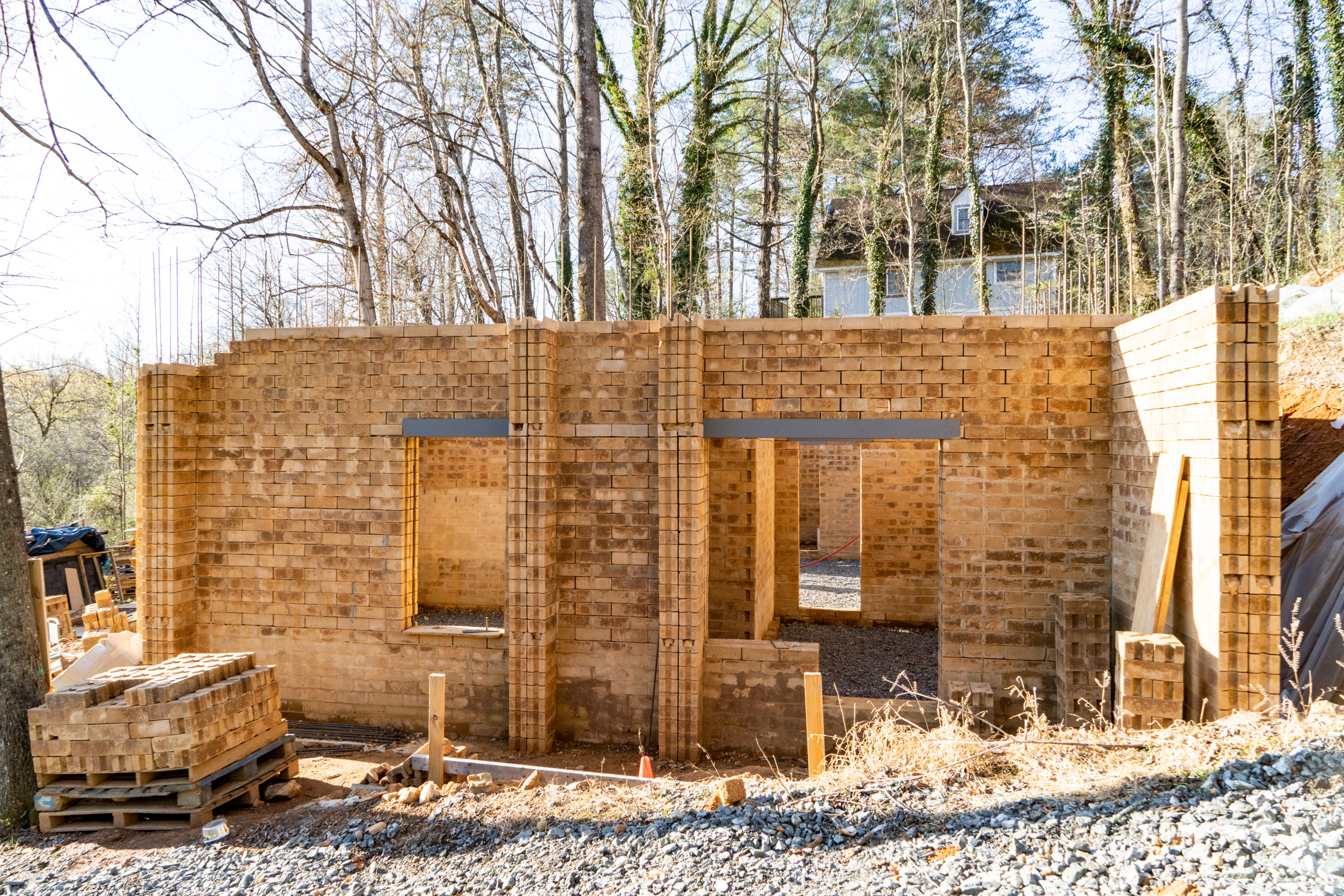In our quest for sustainable living and eco-friendly construction methods, the architectural world is witnessing a renaissance in ancient techniques. Compressed earth blocks (CEBs), an age-old building material, have emerged as a frontrunner in sustainable construction, promising a blend of tradition and innovation. In this article, we delve into the art and science of building with compressed earth blocks, exploring their benefits, challenges, and the promise they hold for a greener future.
The Origins of Compressed Earth Blocks:
Compressed earth blocks have a rich history, dating back thousands of years. From the adobe dwellings of ancient civilizations to the rammed earth structures of the Great Wall of China, humans have long recognized the durability and sustainability of earth-based construction. Today, CEBs represent a modern adaptation of these time-tested techniques.
What Are Compressed Earth Blocks?
Compressed earth blocks are precisely what their name suggests: blocks made from a mixture of earth, often clay-rich soil, sand, and sometimes stabilizers like cement or lime. This mixture is compressed into uniform blocks using specialized machinery, creating sturdy building units that can be stacked like traditional bricks.
The Benefits of Building with Compressed Earth Blocks:
1. Sustainability:
- CEBs are environmentally friendly, utilizing locally-sourced materials and minimizing energy consumption in production.
- They have a low carbon footprint compared to conventional building materials like concrete or steel.
- Building with earth promotes carbon sequestration, contributing to mitigating climate change.
2. Affordability:
- The raw materials for CEBs are often readily available, reducing transportation costs.
- Compressed earth blocks offer significant cost savings in both material procurement and construction labor.
3. Thermal Performance:
- Earth has excellent thermal mass properties, helping regulate indoor temperatures and reducing the need for artificial heating and cooling.
- CEB structures maintain comfortable living conditions year-round, enhancing energy efficiency.
4. Durability:
- Properly constructed CEB buildings can withstand weathering and seismic activity, offering long-term stability and resilience.
- With minimal maintenance, CEB structures can endure for generations, reducing the need for frequent renovations or replacements.
Challenges and Considerations:
While the benefits of compressed earth blocks are compelling, challenges exist, particularly regarding structural engineering, moisture control, and regulatory compliance. Proper site assessment, soil testing, and skilled craftsmanship are essential to ensure the structural integrity and longevity of CEB buildings. Additionally, local building codes and regulations may require adaptations to traditional techniques, necessitating collaboration between architects, engineers, and regulatory authorities.
The Future of Compressed Earth Blocks:
As society increasingly prioritizes sustainability and resilience in construction, the demand for alternative building materials like compressed earth blocks continues to grow. Innovations in soil stabilization techniques, machinery efficiency, and design integration are expanding the possibilities for CEB construction, making it a viable option for a wide range of building types, from residential homes to commercial structures and beyond.
Conclusion:
Building with compressed earth blocks represents a harmonious blend of ancient wisdom and modern innovation, offering a sustainable solution to the challenges of contemporary construction. By harnessing the earth beneath our feet, we can create resilient, energy-efficient buildings that not only reduce our environmental impact but also foster healthier, more livable communities. As we embrace the potential of compressed earth blocks, we take a significant step towards building a more sustainable future for generations to come.

